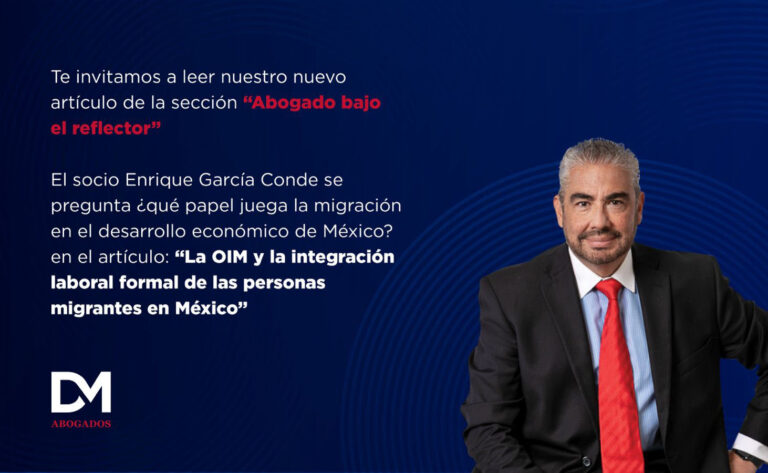We have closed 2022 with “the almost” implementation of the labor reform, a few months with numerous changes to the regulation of collective relationships and, with this, we have started to have a glimpse of the future in union matters that we will have in Mexico in the next few years.
This year we are facing rapid response mechanisms, successful and failed legitimizations, union certifications, but above all a new tenor in the negotiation of collective bargaining agreements.
But one thing that is notable in all of the processes and situations that we are facing in the midst of collective disputes is that the root of the problems lies precisely in the relationship between the participants in the process. With no intention of seeking to place blame or of trivializing the impact that independent unions are having on workers, we need to see what reality is showing us, and it is that the severity of the dispute is related to the way in which relations with collaborators in companies have been conceived, beyond third parties that seek to enter into or have an influence on these disputes.
Every time that the workers exercise their right to vote, we tend to explain negative results by blaming external factors, the promises made by the new union, the protest vote, or simply “new things always look shiny”, but analyzing each case there are always three elements that become evident when we dig deep enough and, upon acknowledging them, we can prepare for a 2023 that will undoubtedly face an even bigger turmoil in regard to collective matters:
The first one is related to the authentic need of listening to the workers; the new unionism has captured this effect perfectly, while traditional union federations continue to believe that they know their members; the new unions, many of which are independent, have opened innovative communication channels that are close to what the worker needs or prefers. In this sense, the preparation that companies have been slow to develop is that of having strong and clear mechanisms of connection with their people, that truly allow them not only to understand expectations but also to monitor risk.
The second one is to acknowledge the autonomy of workers in their collective decisions, but preparing them for this, without manipulation or control. We continue to insist on defining a labor strategy that is beneficial for the company but with little thought given to the workers. While we continue to think about achieving “savings” in CCT [Collective Bargaining Agreement] reviews, seeking only operational efficiency at the cost of the workers’ quality of life, we will continue to pave the way for true blue and opportunistic union leaders to win the workers over.
We companies need to conduct a thorough review of our policies, seeking a true balance between the interests of the business and those of the people. The cost of not doing this can be much higher than the apparent savings.
The third one is to build the most important defense in collective matters…middle management, much has been said on this topic; however, there has not been significant progress in this regard, some companies have at least managed to implement leadership training programs, but this is far from enough, we need to truly ensure that operative leaders operate under the best working conditions, that they are truly connected with their responsibility of team management, with clear performance guidelines and indicators in regard to the human factor that translate into a mature work environment.
We are only one quarter away from the closing of the labor commitments made under the USMCA (legitimations), this means that the time for preparation has run out, so it will now be essential to have contingency and preparation plans in place for the effects that will surely leave us with a different Mexico in the labor arena.




